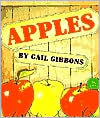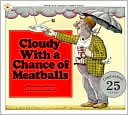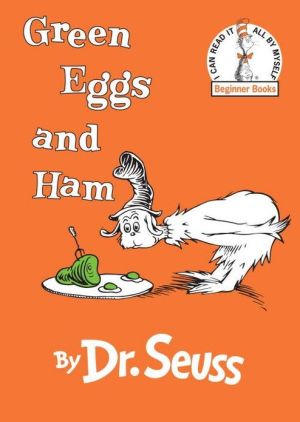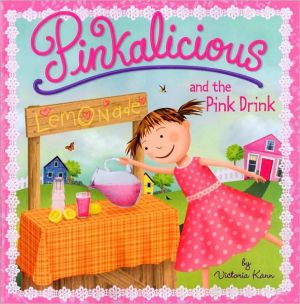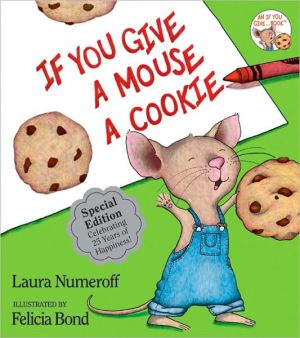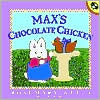Apples
Search in google:
Explains how apples were brought to America, how they grow, their traditional uses and cultural significance, and some of the varieties grown.School Library JournalPreS-Gr 2-In her characteristic, easily understood, and straightforward style, Gibbons gives an overview of apples. She traces their history in America, shows their parts, and explains their growth, harvest, and uses. Three pages illustrate many different varieties, and a concluding page lists interesting facts. Betsy Maestro's How Do Apples Grow? (HarperCollins, 1992) delves more thoroughly into the fertilization and growth of the fruit as does Bruce McMillan's Apples, How They Grow (Houghton, 1979; o.p.). Dorothy Hinshaw Patent's Apple Trees (Lerner, 1997) is more complex as is Charles Micucci's The Life and Times of the Apple (Orchard, 1992). Gibbons's own The Seasons of Arnold's Apple Tree (Harcourt, 1984) has some of the same information found here. The recipe for apple pie is essentially the same, and both have a diagram of a cider press. However, the focus of the two books is very different. With its cheerful, bright illustrations and clear, simple presentation, this title will be the perfect pick for the perennial fall apple-book requests.-Louise L. Sherman, formerly at Anna C. Scott School, Leonia, NJ Copyright 2000 Cahners Business Information.\|
\ School Library JournalPreS-Gr 2-In her characteristic, easily understood, and straightforward style, Gibbons gives an overview of apples. She traces their history in America, shows their parts, and explains their growth, harvest, and uses. Three pages illustrate many different varieties, and a concluding page lists interesting facts. Betsy Maestro's How Do Apples Grow? (HarperCollins, 1992) delves more thoroughly into the fertilization and growth of the fruit as does Bruce McMillan's Apples, How They Grow (Houghton, 1979; o.p.). Dorothy Hinshaw Patent's Apple Trees (Lerner, 1997) is more complex as is Charles Micucci's The Life and Times of the Apple (Orchard, 1992). Gibbons's own The Seasons of Arnold's Apple Tree (Harcourt, 1984) has some of the same information found here. The recipe for apple pie is essentially the same, and both have a diagram of a cider press. However, the focus of the two books is very different. With its cheerful, bright illustrations and clear, simple presentation, this title will be the perfect pick for the perennial fall apple-book requests.-Louise L. Sherman, formerly at Anna C. Scott School, Leonia, NJ Copyright 2000 Cahners Business Information.\|\ \ \ \ \ Kirkus ReviewsThis colorful and accessible title offers the scientific as well as the practical for the beginning reader. Gibbons (My Baseball Book, p. 475, etc.) provides a brief history of the apple, an explanation of how the apple grows from flower to fruit, and how apples are picked, processed, and sold. She also provides a recipe for apple pie, shows how an apple press makes apple cider, and illustrates some popular apple varieties. Each page has only a few lines of text, and a full-color drawing. For example, Gibbons states: "An apple is a firm, crisp fleshy fruit with a hard center called a core. The core has five seed chambers." The accompanying illustration shows an apple inside and out, with core, stem, skin, seed chambers, and seeds carefully labeled. She concludes with additional statistics and facts about apples. Betsy Maestro's How Do Apples Grow (1992), a Let's-Read-and-Find Out Science title on the same reading level, provides much more detail on the development of the apple, discussing and labeling flower parts pollen, pollination, and the developing fruit. This title illustrates more apple varieties, and includes a recipe. School and public libraries will certainly welcome this addition to the crop. (Nonfiction. 6-8)\ \ \ School Library JournalPreS-Gr 2—Curious about apples? Gail Gibbons's book (Holiday House, 2000) provides a clear, concise overview of apples, including their history, varieties, growth, harvesting, different parts, and uses. There are also quick facts about apples, a recipe for apple pie, and information on how to make apple cider. Bonnie Kelley Young reads the text slowly so that listeners can absorb all the facts and instructions and peruse the bright illustrations. Page-turn signals are optional. A good choice for elementary science units and to satisfy requests in the fall for books about apples.—Katie Llera, Milltown Public Library, NJ\ \
